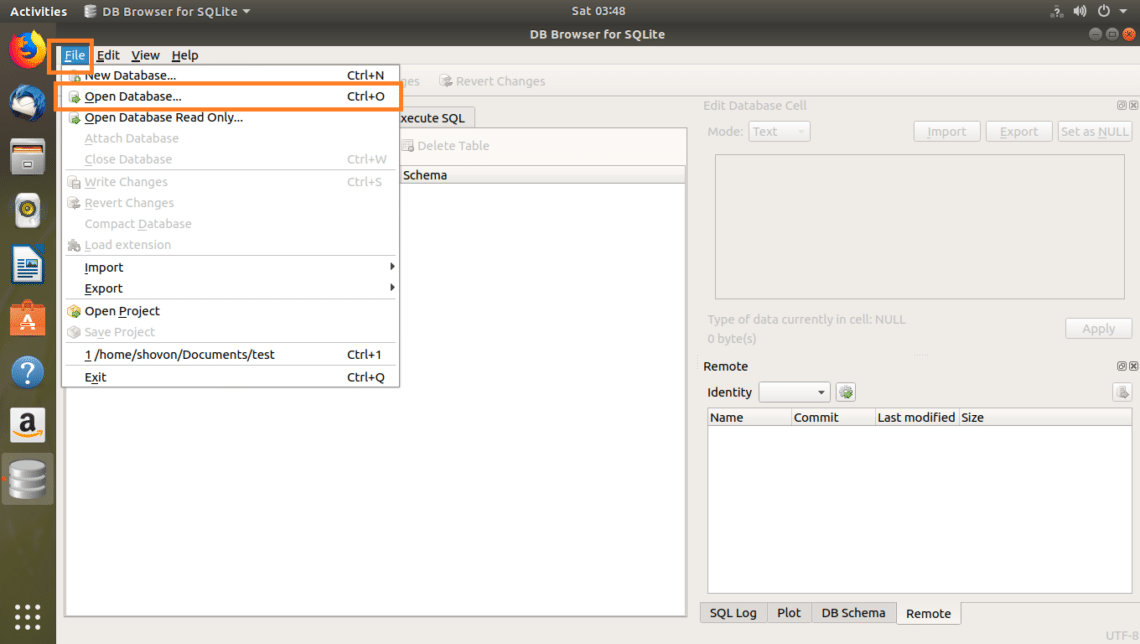
db file has been created on your working directoryĬonn <- dbConnect(RSQLite::SQLite(), "CarsDB.db") # Create a connection to our new database, CarsDB.db # Load the mtcars as an R data frame put the row names as a column, and print the header. If you want to operate with a transient in-memory database however, you can omit the path argument or type ":memory:"). If you are creating a new one, simply give it a name of your choice as I do below. However, this is not usually what you want, so let's create a proper database for the mtcars dataset using the function dbConnect(), which takes the following arguments: RSQLite can create ephemeral in-memory transient SQLite databases just as it happens when you open the SQLite command line. The first step as you may have guessed is to create a database.
#Sqlite browser create view how to#
Furthermore, I will cover how to use parameterized queries and operations like INSERT or DELETE that do not return tabular results. We will go over the basics of how to perform essential tasks such as sending queries to a SQLite database or creating tables using RSQLite. However, in this tutorial, we will focus on how to use SQLite databases in R using the RSQLite package. So far in DataCamp, you have been exposed to how to operate with SQLite databases from Python (see the SQLite in Python tutorial by Sayak Paul to learn how to manipulate SQLite databases through the sqlite3 package in Python).


As mentioned at the end of my previous tutorial, Beginners Guide to SQLite, SQLite databases are most powerful when used along R and Python.


 0 kommentar(er)
0 kommentar(er)
